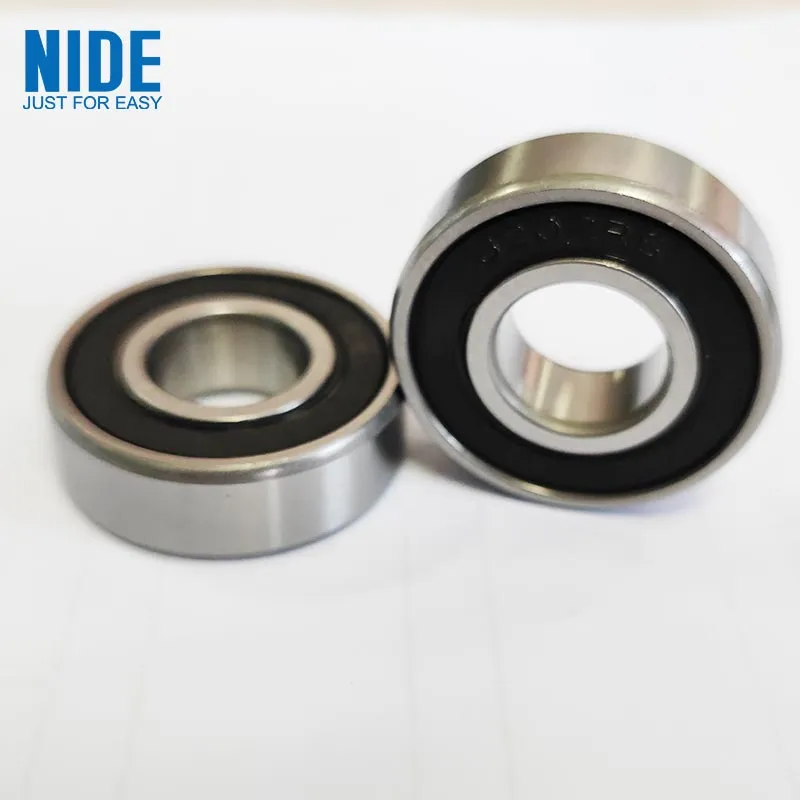The Essential Role of Ball Bearings in Various Industries
2024-10-26
Ball bearings are mechanical components that consist of a series of spherical balls enclosed within an outer ring (or race) and an inner ring. These balls are typically made of steel, ceramic, or other materials that can withstand high loads and maintain their shape under pressure. The balls are separated by cages or retainers to prevent contact and reduce friction. When the inner ring rotates, the balls roll against the outer ring, enabling smooth and low-friction motion.

Aerospace Industry
In the aerospace industry, ball bearings are crucial for the operation of aircraft components. They are used in jet engines, landing gear, and flight control systems, where precision and reliability are paramount. Ball bearings in aerospace applications must withstand extreme temperatures, high speeds, and heavy loads, making them a vital component in ensuring the safety and performance of aircraft.
Railway Industry
The railway industry also relies heavily on ball bearings. They are used in wheel sets, axles, and bogies to facilitate smooth and efficient train movement. Ball bearings in railway applications must endure significant loads, vibrations, and environmental conditions, ensuring that trains operate safely and reliably.
Metallurgy and Steel Industry
In the metallurgy and steel industry, ball bearings are used in rolling mills, cranes, and other heavy-duty machinery. These applications require bearings that can handle extreme loads and temperatures, making ball bearings an essential component in the production of steel and other metals.
Petrochemical Industry
The petrochemical industry uses ball bearings in pumps, valves, and other equipment that operates in harsh environments. Ball bearings in petrochemical applications must be resistant to corrosion and chemicals, ensuring that equipment operates safely and efficiently.
Mining Machinery and Construction Machinery
In mining and construction machinery, ball bearings are used in drills, excavators, and other heavy equipment. These applications require bearings that can withstand the abuse of constant vibration, heavy loads, and debris, making ball bearings a critical component in these industries.
Automobile Manufacturing
Ball bearings are essential in automobile manufacturing, where they are used in wheel hubs, transmissions, and engines. They enable smooth and efficient operation of automotive components, enhancing performance and reliability. Ball bearings in automotive applications must be durable and withstand the rigors of daily use.
Power Engineering and Machinery Manufacturing
In power engineering and machinery manufacturing, ball bearings are used in turbines, generators, and other equipment that generates and distributes energy. They are also used in machine tools and other manufacturing equipment, ensuring precision and efficiency in production processes.
Electronics, Textiles, Food, and Chemicals
Ball bearings are also found in the electronics, textiles, food, and chemicals industries. In electronics, they are used in precision machinery and equipment. In textiles, they facilitate smooth operation of looms and other machinery. In the food industry, ball bearings are used in conveyors, mixers, and other processing equipment. In the chemicals industry, they are used in pumps and valves that handle hazardous materials.
Printing and Paper Industry
Finally, ball bearings play a role in the printing and paper industry, where they are used in printing presses and paper-making machinery. They ensure smooth and efficient operation of these machines, enabling the production of high-quality printed materials and paper products.

